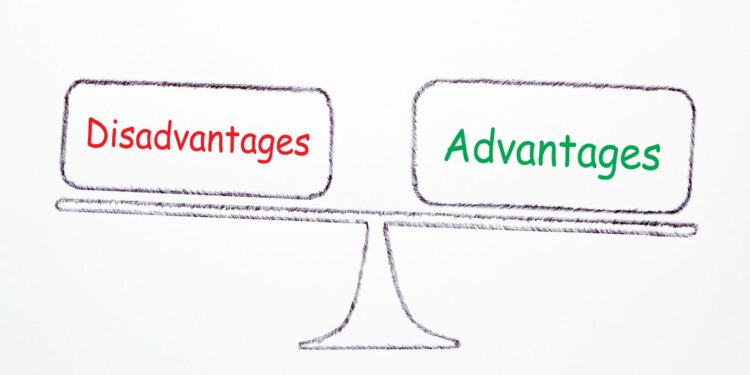Wtok Weather Radar
When it comes to weather forecasting and monitoring, Wtok Weather Radar has undeniably become a popular tool. However, like any technology, it also has its disadvantages that are worth considering. In this article, I’ll explore some of the drawbacks of using Wtok Weather Radar and shed light on the limitations it may present.
One significant disadvantage of relying solely on Wtok Weather Radar is its susceptibility to interference. External factors such as tall buildings, mountains, or even heavy precipitation can obstruct radar signals and result in inaccurate data readings. This interference can lead to misinterpretations or incomplete information about weather patterns in certain areas.
Another drawback is the limited range of coverage provided by Wtok Weather Radar. While these radars are designed to detect weather conditions within a specific radius, they may not be able to capture detailed information about distant regions or smaller-scale phenomena. This limitation can pose challenges when trying to assess localized weather events or tracking storms that extend beyond the radar’s reach.
Additionally, it’s important to note that Wtok Weather Radar primarily focuses on detecting precipitation-related features like rain, snow, and hail. Other atmospheric variables such as wind speed and direction may not be accurately captured by radar technology alone. To gain a comprehensive understanding of weather conditions, meteorologists often rely on multiple sources of data and analysis tools in conjunction with radar information.
While Wtok Weather Radar undoubtedly offers valuable insights into current weather conditions, it is crucial to consider its limitations and potential disadvantages when interpreting the data it provides.
Limited Coverage Area
When it comes to the Wtok Weather Radar, one of the notable disadvantages is its limited coverage area. While weather radar systems are designed to provide accurate and up-to-date information about weather patterns, it’s important to note that they have their limitations.
Firstly, due to technological constraints, the coverage area of the Wtok Weather Radar may not extend as far as other radar systems. This means that in certain regions or remote areas, the radar may not be able to detect and track weather conditions effectively. As a result, residents in these areas might not receive timely warnings or updates about approaching storms or severe weather events.
Furthermore, geographical factors play a role in limiting the coverage area of any radar system. Mountains, hills, tall buildings, and other obstructions can obstruct radar signals and hinder their ability to accurately detect and forecast weather conditions. Therefore, if you live in an area with significant topographical features or dense urban infrastructure, you may experience gaps in weather monitoring provided by the Wtok Weather Radar.
Additionally, it’s worth mentioning that weather radars primarily focus on atmospheric conditions rather than ground-level observations. This means that the accuracy and resolution of data may decrease as you move closer to ground level. Consequently, precise details about localized weather phenomena such as tornadoes or microbursts might be more challenging for this particular radar system to capture accurately.
In conclusion, the limited coverage area of the Wtok Weather Radar is indeed a disadvantage when compared to other radar systems available today. It’s crucial for individuals residing outside its coverage zone or in regions with geographical obstacles to seek alternative sources of weather information and alerts for comprehensive protection against severe weather events.

Inaccuracy in Precipitation Estimates
When it comes to the Wtok Weather Radar, one of the significant disadvantages is its potential for inaccuracy in precipitation estimates. While radar technology has undoubtedly improved over the years, there are limitations that can affect the accuracy of these estimates. Here are a few reasons why:
- Beam Blockage: The Wtok Weather Radar operates by emitting beams of energy that bounce off precipitation particles and return to the radar system. However, tall buildings, mountains, or even heavy rainfall can obstruct these beams, resulting in incomplete data collection and potentially inaccurate estimates. This issue becomes more prominent in areas with complex topography or dense urban environments.
- Rain Shadow Effect: Another factor contributing to inaccuracies in precipitation estimates is the rain shadow effect. When prevailing winds encounter mountain ranges, they rise and cool down rapidly on one side while descending on the other side, creating a region with significantly less rainfall known as a rain shadow. The Wtok Weather Radar may not capture this variation accurately due to its limited coverage area and fixed location.
- Evaporation and Sublimation: Precipitation doesn’t always reach the ground intact; evaporation and sublimation play an essential role in altering its composition before it reaches Earth’s surface. The Wtok Weather Radar might struggle to account for these changes accurately, leading to discrepancies between predicted and actual precipitation amounts.
- Variability of Precipitation Types: Different types of precipitation, such as rain, snow, sleet, or freezing rain have different reflectivity characteristics when interacting with radar waves. The Wtok Weather Radar may face challenges distinguishing between various forms of precipitation accurately, further affecting its estimation capabilities.
- Calibration Issues: Like any technological instrument, weather radars require regular calibration to maintain their accuracy over time. Factors such as wear and tear or changes in equipment performance can introduce errors into precipitation estimates if not addressed promptly.















